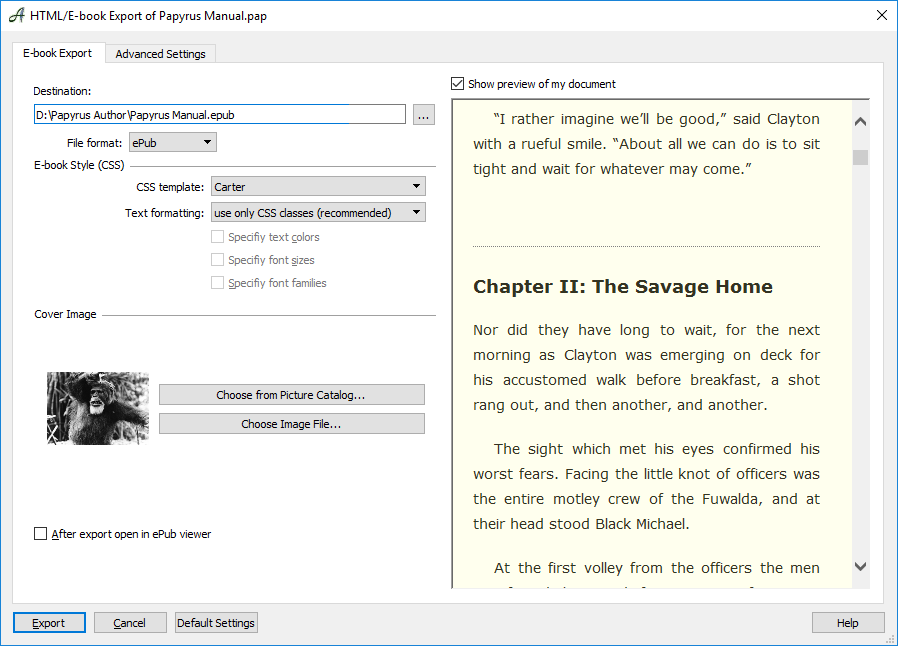
Men shrink from human beings and thirst after water. Indeed, the river is blood, yet men drink of it. Indeed, trusty servants are the poor man : “How terrible! What am I to do?” Indeed, the land turns around as does a potter’s wheel the robber is a possessor of riches and a plunderer. Historical Evidence for the Exodus from Egypt (with Titus Kennedy) withĭr. And so that’s where the connection initially came in.īut if you read through the text there are a variety of different components that have parallels in the exodus story- (continued). It’s (blood) all throughout the land of Egypt.Īnd that, you know people reading that they just immediately think oh, that feels like the exodus story.

Really interesting lines in there like, the river has turned to blood. Because in general it’s a poem that is talkingĪbout destruction and death throughout the land of Egypt. Now the content is something that, got people interested in this text in terms of connecting it to the exodus. The 18th dynasty or at least rewritten with the language at that time. And so it looks more like it was composed in They only come into use in the 18th dynasty. But, if we look at details of the linguistics some of the words and phrases that are used there, Some would even put it in the middle kingdom an past, some even pushed it farther back. Now most scholars put the composition pretty early like at least the second intermediate period. Ipuwer so that’s why it’s often called the ipuwer papyrus. Sometime before that, so before the 13th century bc. There’s only one copy known in existence today. So this is an Egyptian papyrus that dates to the 13th century BC, at least the copy that we have. Other than Valikovsky, no scholar, let alone a Biblical one, has endorsed reading this quotation as proving we have a reference to the plagues caused by God through Moses.Following transcript ( taken from a video interview link at end). The description of disturbances in the papyrus Ipuwer, when compared to the scriptural narrative, gives a strong impression that both sources relate the very same events. This discussion begins in earnest at page 21. Rather, it is only the controversial Immanuel Velikovsky in his Ages in Chaos – From the Exodus to King Akhnaton who tries to draw a connection between what is discussed in this papyrus and the plagues on Egypt for not heeding Moses. I on page 255, we read about “Ipuwer who stood before a Pharaoh” who Bromiley says is “possibly one of the last rulers of the 16th Dynasty.” In his speech, Ipuwer “placed blame for the present and past deteriorations on the present administration.” No mention of Moses is made in this synopsis. In International Standard Bible Encyclopedia: A-D (1979) by Geoffrey W. When we try to go back and find out if the source for Erman’s quote - The Admonitions - is traceable, we find that scholars of the Bible never link Ipuwer as another name for Moses.

There is an online translation of the Ipuwer Papyrus but it varies from the Down version. However, in the online 1971 edition of Erman’s book which was scanned by books.google, nothing like this appears near pages 94-101, or by computerized research. Erman, The Ancient Egyptians: A Sourcebook of Their Writings (N.Y.: Harper and Row, 1966) at pp. Down, “Searching for Moses,” Journal of Creation 15(1):53–57, 2001 for this quote is from A.


The king has been taken away by poor men.’ People are stripped of clothing, perfume and oil. The stranger people from outside are come into Egypt …. Nay but the son of the high-born man is no longer to be recognized …. He that lays his brother in the ground is everywhere …. Nay, but gates, columns and walls are consumed with fire …. Does a man drink from it? As a human he rejects it. “Plague stalks through the land and blood is everywhere … the river is blood. It supposedly records observations of plagues that match the account in Exodus. His translation appears in his book The Admonitions of an Egyptian Sage from a Hieratic Papyrus. This account at says the Ipuwer papyrus was discovered in 1828, and translated in 1909 by Prof. According to, the Leiden Museum in Holland houses a papyrus written by an ancient Egyptian named Ipuwer.


 0 kommentar(er)
0 kommentar(er)
